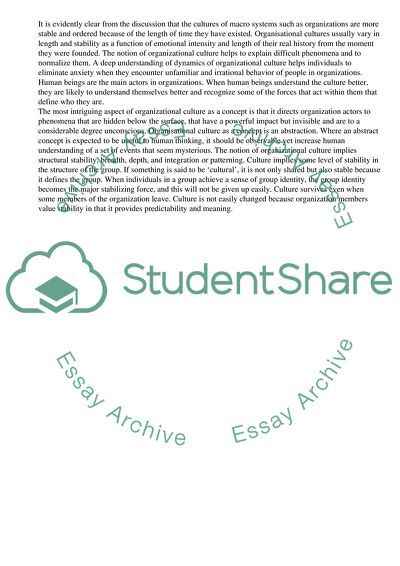Cite this document
(“Strategic Management: Organisational Culture Essay”, n.d.)
Retrieved from https://studentshare.org/management/1685662-strategic-management-culture
Retrieved from https://studentshare.org/management/1685662-strategic-management-culture
(Strategic Management: Organisational Culture Essay)
https://studentshare.org/management/1685662-strategic-management-culture.
https://studentshare.org/management/1685662-strategic-management-culture.
“Strategic Management: Organisational Culture Essay”, n.d. https://studentshare.org/management/1685662-strategic-management-culture.


